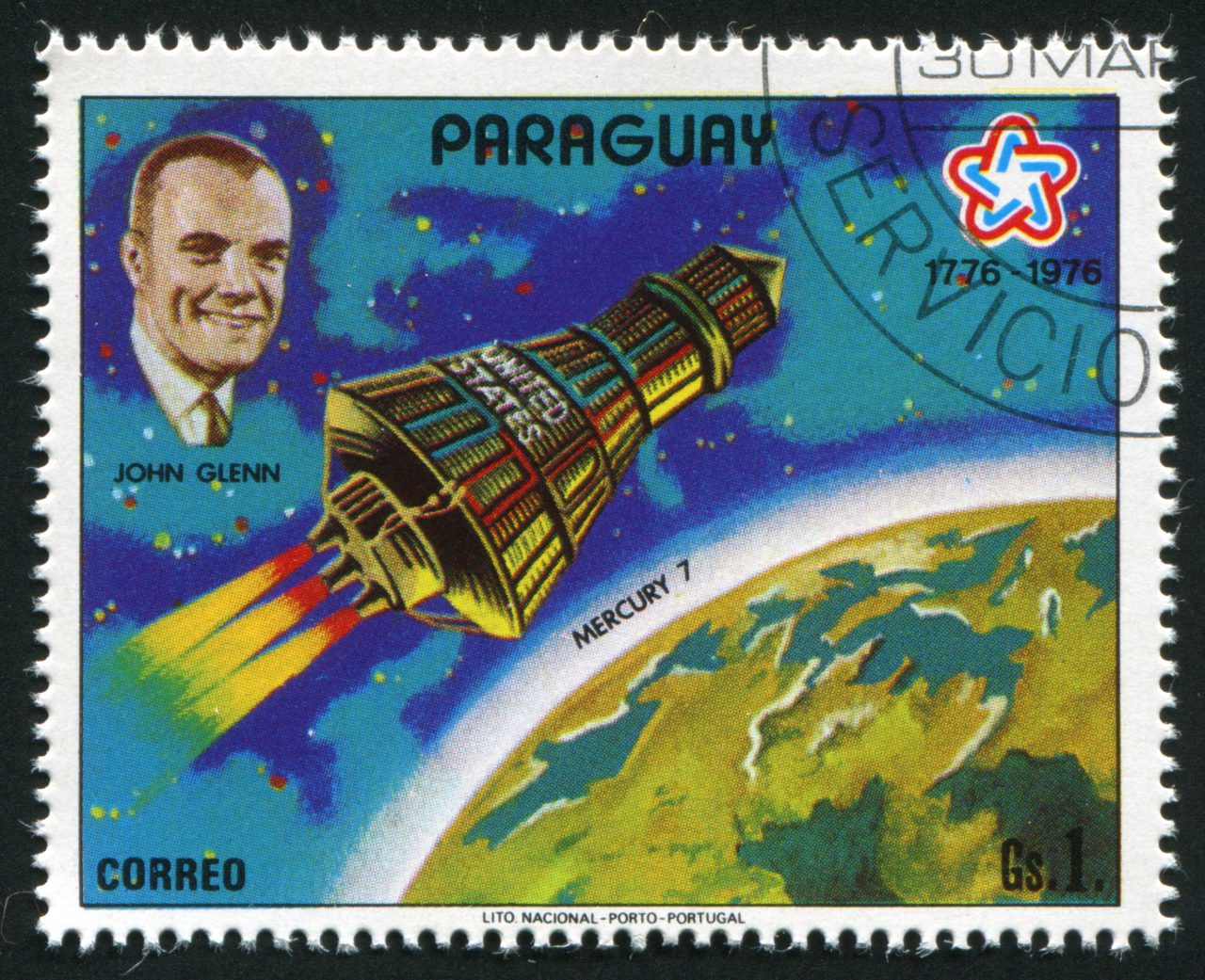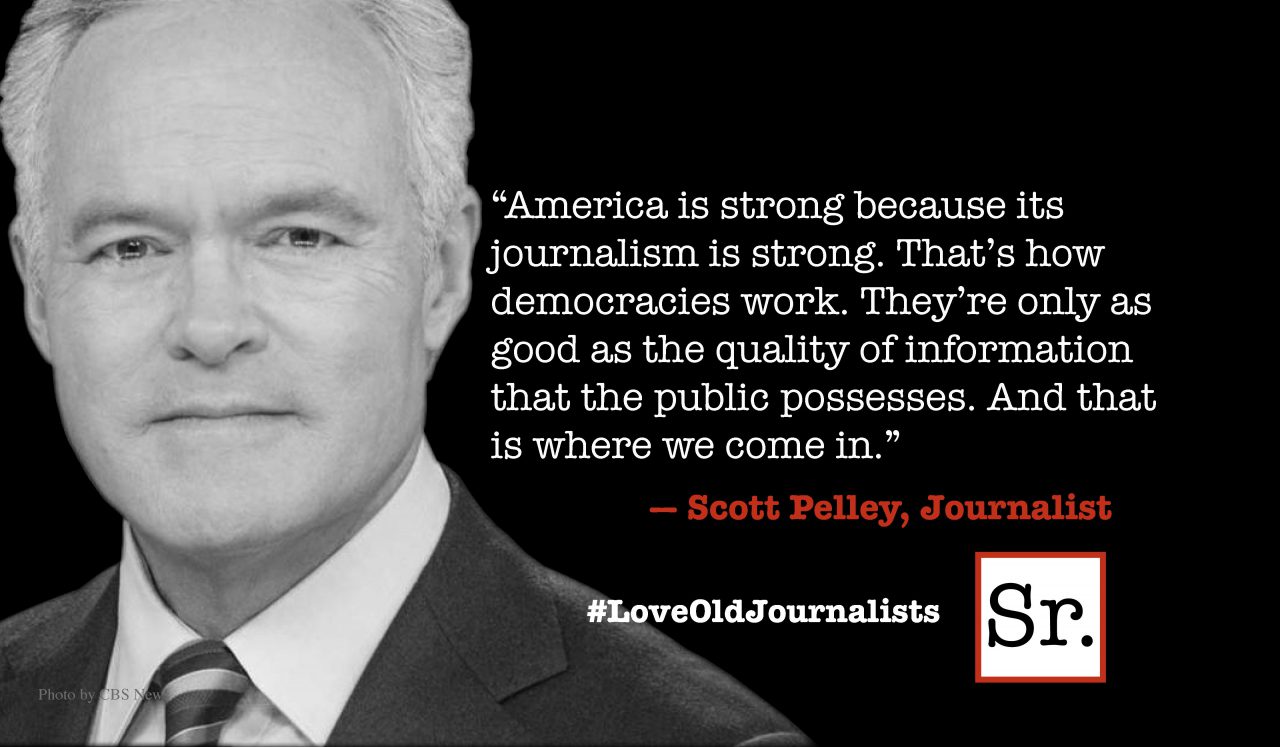In the early morning of February 20, 1962, several thousand of us entered the Pentagon before normal business hours. Most of us streamed into the theater feeling anxiety, fear, and hope for Major John Glenn who was at that moment strapped in the nose cone of an Atlas rocket about to take off from Cape Canaveral, Florida. I was a newly created colonel in the Air Force, and he was our country’s first astronaut scheduled to attempt one of the greatest achievements in the history of aerial flight. If successful, he would become the first human to fly around the world in a rocket-powered space ship.
Most of us in the audience were avid aviators or scientists and had made extensive studies of space travel and, in anticipation of his success, some of us had even applied for acceptance in the astronaut program. Most of us flunked the course. But fortunately, even though we never became astronauts, most of us played a significant role in the development of American space technology.
Excitement ruled the room as we watched the countdown to launch on the giant screen. At the precise moment ignition occurred there was a thunderous roar, smoke and vibration as the giant Atlas missile slowly moved up the launch tower. The crowd in the theater broke into a tremendous cheer: “GO, GO, GO!” Those few breathless minutes I felt an exhilarating sensation which I can scarcely describe.
None of us there knew that the automatic pilot on the spaceship had failed and that John Glenn was in full control of the spaceship for the second and third orbits and the crucial moments of the splashdown. In what took nearly five hours, but seemed like only a few minutes, Glenn flew the re-entry capsule on its downward plunge. The parachutes opened and placed him on the water in the South Pacific. Major John Glenn had become one of the world’s most significant heroes in much the same way as Lindbergh had with his 1927 solo-flight from New York to Paris.
The rest of his life in the service of his country may have been less spectacular, though it was clearly of equal significance. For the most part, it included active participation in the development of our space program and recommendations to the government and the scientific world. He served as U. S. Senator from Ohio and in the year 1998, at the age of 77, he flew again as a crew member of the space shuttle Discovery delivering supplies to the International Space Station. He was the oldest astronaut in the world.
RIP, brother John.









